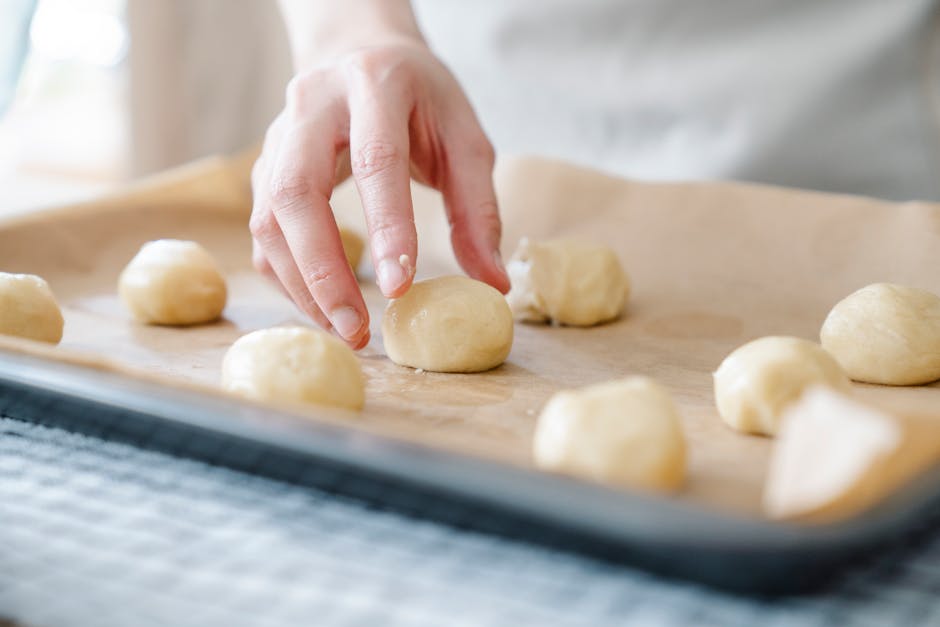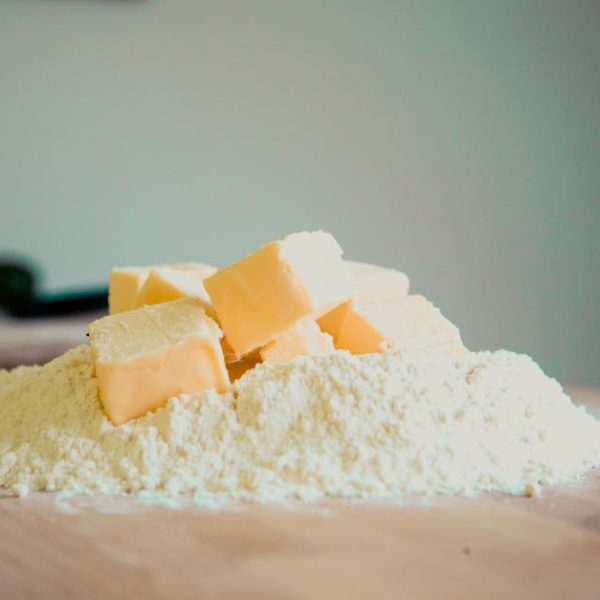The enticing aroma, the comforting warmth, the satisfying crust – homemade bread certainly carries a charm that store-bought ones often lack. However, preserving that fresh-off-the-oven quality can be a challenge. Not anymore! Here are seven easy ways to store your homemade bread and retain its original taste and texture.
Bread Box: Your Bread’s Cozy Home
Storing your homemade bread in a bread box is an effective method to keep it palatable over several days. Essentially, the box provides an ideal environment for your bread – one with a balance of air circulation and humidity that keeps your bread fresh yet dry to the touch.
A wooden bread box with small air vents is most suitable as it allows just the right amount of airflow while maintaining optimal humidity. However, its material can absorb odors over time. On the other hand, a stainless steel bread box is easy to clean and doesn’t absorb smells, but it can let in more air than desired.
Best Practices for Bread Box Storage:
- Keep the box out of direct sunlight.
- Don’t overstuff the box; let your bread breathe.
- Clean the box regularly to prevent the growth of mold.
Freeze: Bread’s Time Machine
Putting homemade bread in the freezer basically presses the pause button on its aging process. The key to freezing bread is the timing. Freeze it while it’s at its freshest – right after it has cooled from baking to preserve its taste and texture.
Freezing and Thawing Bread Step-by-Step:
- Slice your bread into easy-to-use portions.
- Wrap each portion in cling wrap and again with aluminum foil.
- Pop these individually wrapped portions in a freezer bag.
- To thaw, remove the desired portion from the freezer bag, let it thaw at room temperature in the wrapping.
- Once thawed, warm it briefly in a toaster or oven for a fresh-baked feel.
Prior to freezing, slice your bread for greater convenience – this allows you to use only the amount you need, rather than defrosting an entire loaf.
Vacuum Sealer: The Lifespan Extender
A vacuum sealer could be your solution if you’re looking for a method to considerably increase your bread’s shelf life. This machine works by pulling out air from the storage bag, reducing the risk of mold and bacterial growth.
On the plus side, sealed bread can last for months without losing its taste. However, keep in mind that vacuum sealing can sometimes cause homemade bread to lose its shape.
Here are the steps for using a vacuum sealer:
- Place your bread in the provided plastic bag.
- Insert the open end into the machine.
- Close the lid and engage the sealing mode.
Join us next time as we delve into the world of Cotton Bread Bags, the Microwave Humidity Method, and more!
Cotton Bread Bags: The Natural Solution
Cotton bread bags have been a tried-and-true method of bread storage for ages. Designed with breathability in mind, these natural fabric bags absorb excess moisture, keeping your bread from becoming damp or developing mold.
In comparison to plastic bags and paper bags, cotton bread bags offer a blend of advantages. Plastic bags, though they keep bread soft, can make the crust soggy due to accumulated moisture. Paper bags, on the other hand, maintain the crust’s crispness but may accelerate bread drying.
It’s crucial to let your bread cool entirely before storing it in cotton bread bags. Warm bread produces steam, and if it’s stored before it cools, the steam gets trapped and creates an overly moist environment, potentially causing mold.
Microwave Humidity Method: For Softness and Moisture
The microwave humidity method is your ticket to achieving soft and moist bread for a few more days. It is a quick and effortless way to store your bread while retaining its freshness.
Microwave Humidity Storage Guide:
- Dampen a kitchen towel or microwave-safe dish.
- Wrap or cover your bread with the damp item.
- Place the wrapped bread in a microwave-safe container or zip-lock bag.
Remember to make sure the towel or dish is just damp, not soaking wet – the aim is to create a humid environment, not to soak the bread.
Paper Bag Storage: Maintaining the Crunch
If you adore the satisfying crunch of freshly baked bread, then paper bag storage might be your best bet. A paper bag allows the bread to breathe, minimizing condensation and preserving the crust’s crunch.
However, there are a few possible pitfalls. Some types of paper bags can tear easily when wet, and without a tight seal, your bread might dry out faster.
Find suitable types of paper bags that are sturdy and breathable, like the ones bakery shops often provide.
Refrigeration: Not Always the Best Option
While you might think refrigeration is a good idea for bread storage, it’s usually not recommended. Lower temperatures can cause the starch in your bread to recrystallize faster, a process known as retrogradation, leading to quicker hardening or ‘staling’.
However, wet dough bread like sourdough could benefit from short-term refrigeration. If you do have to refrigerate your bread, ensure it’s wrapped tightly to prevent exposing it to other food odours and moisture, which can degrade the bread’s quality.
To sum it up, there’s no one-size-fits-all approach to storing homemade bread. It all boils down to your preferences and how fast you consume your bread. Now, armed with these bread storage methods, you’re ready to enjoy every crumb of your homemade bread – anytime you wish!
Key Takeaway:
- Storing homemade bread properly can extend its shelf life and maintain its fresh-off-the-oven quality.
- Bread boxes, especially those made of wood, balance air circulation and humidity, enhancing bread’s freshness.
- Freezing bread at its freshest point helps maintain its taste and texture.
- Vacuum sealing can significantly extend bread’s shelf life but may alter its shape.
- Cotton bread bags absorb excess moisture and keep bread from becoming damp or mouldy.
- The microwave humidity method helps retain bread’s softness and moisture.
- Paper bags preserve the crust’s crunch but may accelerate drying.
- Refrigeration is usually not recommended as it can lead to fast staling.
Storing bread can be a puzzle, but knowing what works best for your homemade bread is the key. Experiment with these methods until you find the one that suits your lifestyle and bread consumption. Remember, fresh and nutritious homemade bread is only a good storage method away.
FAQs
Q: How does freezing affect the quality of homemade bread?
A: When properly done, freezing does not significantly alter the taste and texture of bread. It essentially pauses the aging process, allowing the bread to retain its freshness.
Q: Is it safe to store bread in a vacuum-sealed bag for several months?
A: Yes, it is safe. Vacuum sealing removes air, minimizing the risk of mold and bacterial growth. However, please check regularly for signs of spoilage before consuming.
Q: How can I prevent my bread from getting damp in a cotton bread bag?
A: The key is to ensure your bread is completely cooled before storing it in a cotton bread bag. Warm bread produces steam which can lead to excess moisture and potential mould growth.
Q: I don’t have a microwave. Can I still use the microwave humidity method?
A: The microwave humidity method mainly requires creating a humid environment for the bread. If you lack a microwave, try replicating this process using other insulated containers.
Q: Can I use any paper bag for bread storage?
A: Bakery paper bags are usually best, as they are sturdy and breathable, providing conditions suitable for preserving bread’s freshness and crust’s crunch.
Remember to share this article with your fellow bread lovers, and continue exploring our site for more useful tips on food storage and more!






